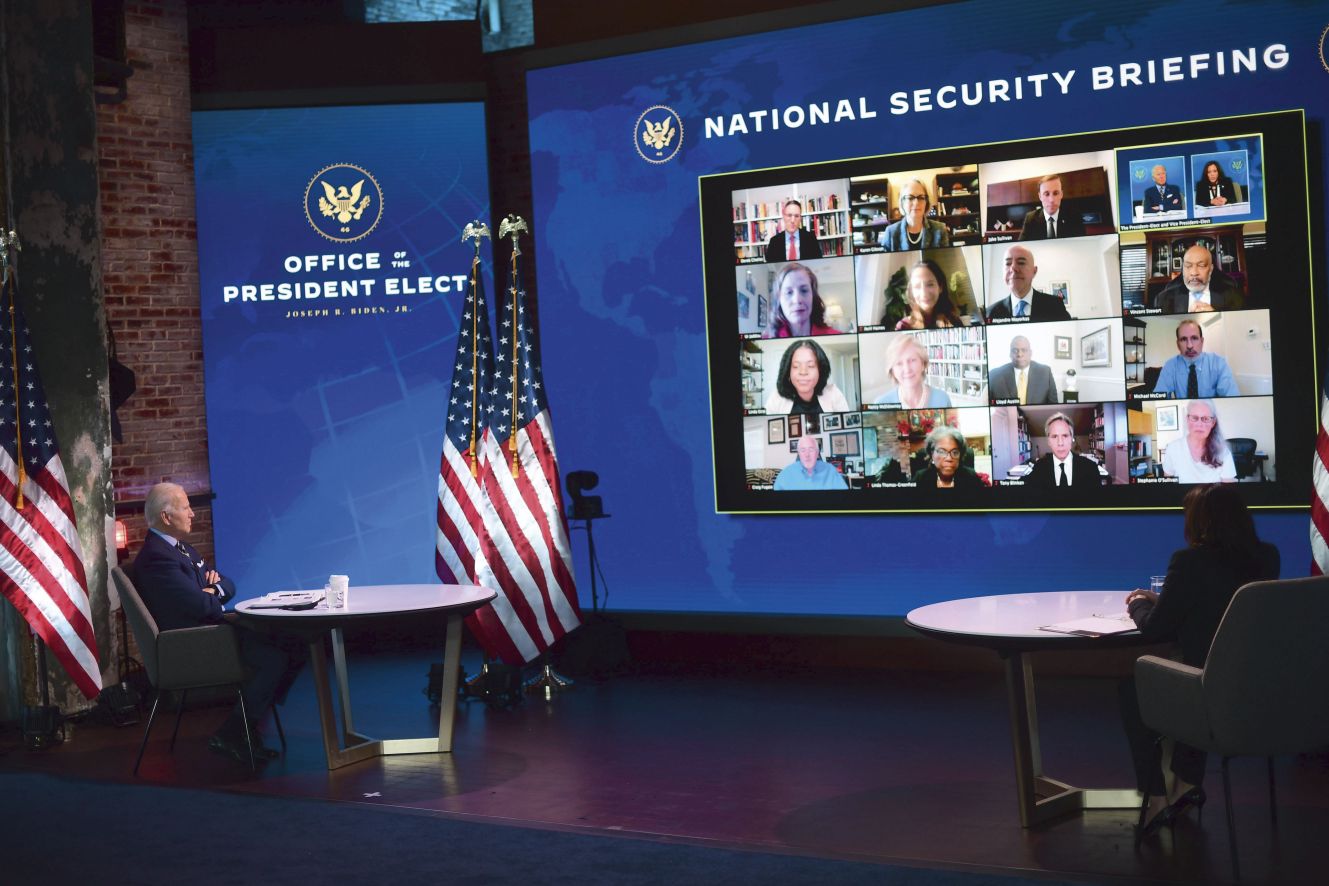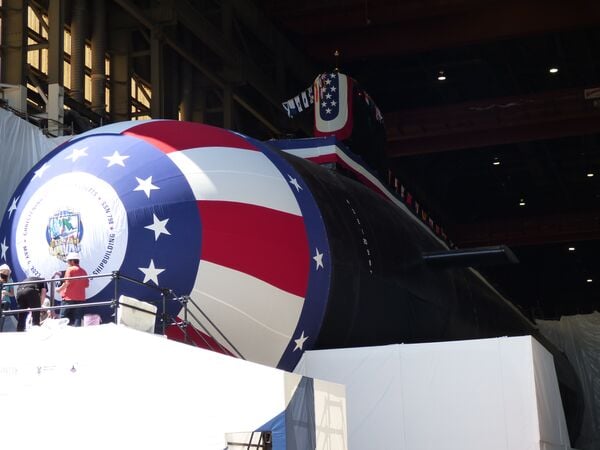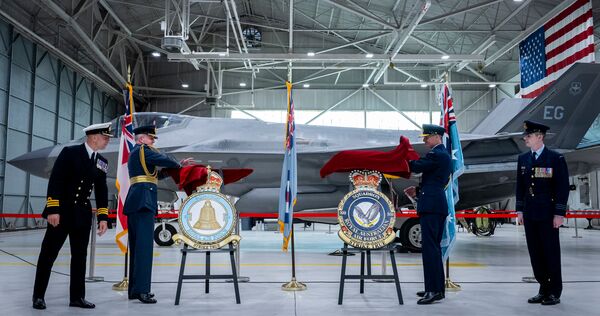- About
- Intara
- Capabilities
- Advisory
- Resources
- News
- Store
Successful counter-cyber operations secure US election
28 January 2021
by JD Work
Efforts by the United States to defend critical infrastructure from foreign cyber threats during the 2020 presidential election focused on preventing disruptive events that could interfere with voter registration and identification, polling, and canvassing. This encompassed efforts to identify and resolve vulnerabilities that could be exploited by an adversary and efforts to establish clear red lines to deter hostile acts through a robust declaratory posture reinforced by multiple officials across the whole of government.
The US Cyber Command (USCYBERCOM) and the National Security Agency (NSA) played an unprecedented role in degrading potential attack options through operations acknowledged as part of their new doctrine of ‘persistent engagement’ (see Janes Intelligence Review, ‘Uncertainty prevails over US cyber strategy shift towards persistent engagement’, Vol 33, No 2, online 23 December). They provided intelligence support to government and industry focused on enabling detection and defensive countermeasures against novel intrusion capabilities attributed to Russian intelligence agencies, and executed counter-cyber operations aimed at taking down criminal ransomware infrastructure that may have otherwise provided access to state and local government networks. Such access could potentially be leveraged in a ‘bolt from the blue’ destructive attack.

Venezuela displays Iranian anti-ship missiles
19 April 2024
by Jeremy Binnie


Venezuelan Defence Minister Vladímir Padrino López inspects a CM-90 anti-ship missile. (Ministerio del Poder Popular para la Defensa (Venezuela))
The Venezuelan military confirmed on 16 April that it has the CM-90 export version of Iran's Nasir anti-ship missile (ASM).
Defence Minister Vladímir Padrino López inaugurated what a defence ministry statement described as a workshop for the CM-90 at Base Naval CA Agustín Armario in Puerto Cabello as part of the Bolivarian Navy of Venezuela's (ABV's) anniversary celebrations on that day. It released photographs and a video of Padrino inspecting several ASMs and associated containerised testing equipment inside a building.
The Nasir was developed from the Nasr missile, which is Iran's version of the Chinese C704, with the solid-propellant motor replaced by a turbojet engine and a launch booster. Iranian export documentation says this makes the CM-90 88 cm longer than the CM-35, the export version of the Nasr, and increases its range from 35 to 90 km.
US lawmakers grill US Navy officials on proposed shipbuilding budget
18 April 2024
by Michael Fabey


US lawmakers question the US Navy request to fund only one Virginia-class submarine (pictured) in fiscal year 2025. (Janes/Michael Fabey)
Members of the House Armed Services Seapower and Projection Forces Subcommittee raised concerns about the proposed US Navy (USN) plan to pare down key shipbuilding programmes on 17 April during the subcommittee hearing on the USN's Fiscal Year (FY) 2025 budget request.
While the USN – as was the case with the rest of the Pentagon – was charged with keeping a lid on costs, lawmakers said they felt the USN went too far with some major programmes.
Connecticut Congressman and ranking member of the Seapower and Projection Forces Subcommittee, Joe Courtney, set the tone with his opening statement.
“The Fiscal Responsibility Act (FRA), which [was] passed in May 2023 to avert a default on the full faith and credit of our nation's currency and bonds, mandated a 1% increase in the Department of Defense's budget request for fiscal year 2025,” Courtney said.
RAF, RAAF reform respective 80 Sqns as US-based F-35 data centres
18 April 2024
by Gareth Jennings


The chiefs of the RAF and RAAF reconstituting their respective 80 Squadrons during a joint ceremony at Eglin AFB in the US. (Crown Copyright)
The UK Royal Air Force (RAF) and the Royal Australian Air Force (RAAF) stood up their respective 80 Squadrons on 17 April to serve as US-based data units for the Lockheed Martin F-35 Lightning II Joint Strike Fighter (JSF).
Announced by the RAF, the two separate but linked squadrons were reconstituted during a joint ceremony at Eglin Air Force Base (AFB) in Florida.
“At the event, the [UK] Chief of the Air Staff, [Air Chief Marshal] Sir Richard Knighton, and [Australian] Chief of the Air Force Air Marshal Robert Chipman, formally awarded the dormant 80 Squadron number plates for each service to their respective teams within the Australia, Canada, and United Kingdom Reprogramming Laboratory [ACURL],” the RAF said.
Efforts by the United States to defend critical infrastructure from foreign cyber threats during the...
Latest Podcasts
Iran Israel analysis
In this podcast Janes analysts discuss the Iranian attacks on Israel on the 14 April. They highlight the military systems used by Iran and the performance and impact of these on Israel. They also discuss the implications of this attack goi...
Listen nowJanes Case Studies
Using Janes Intara to build a common intelligence picture: Russian build up on the Ukrainian border
View Case StudyNews Categories
 Security Details
Security Details